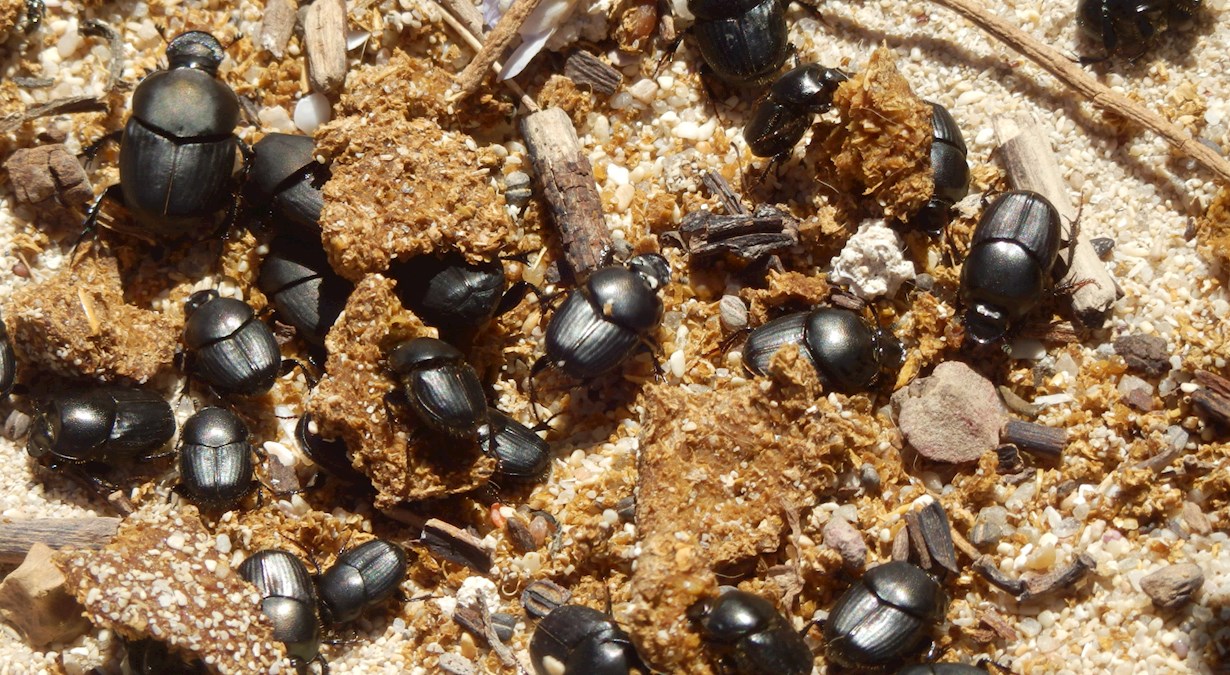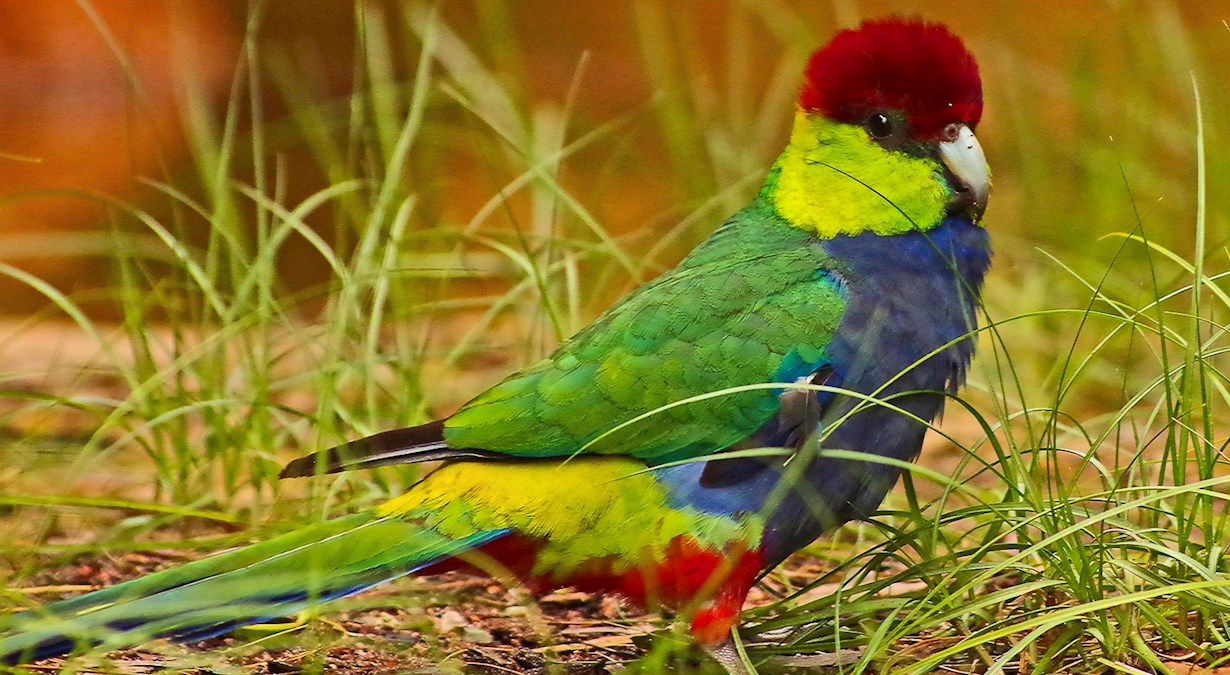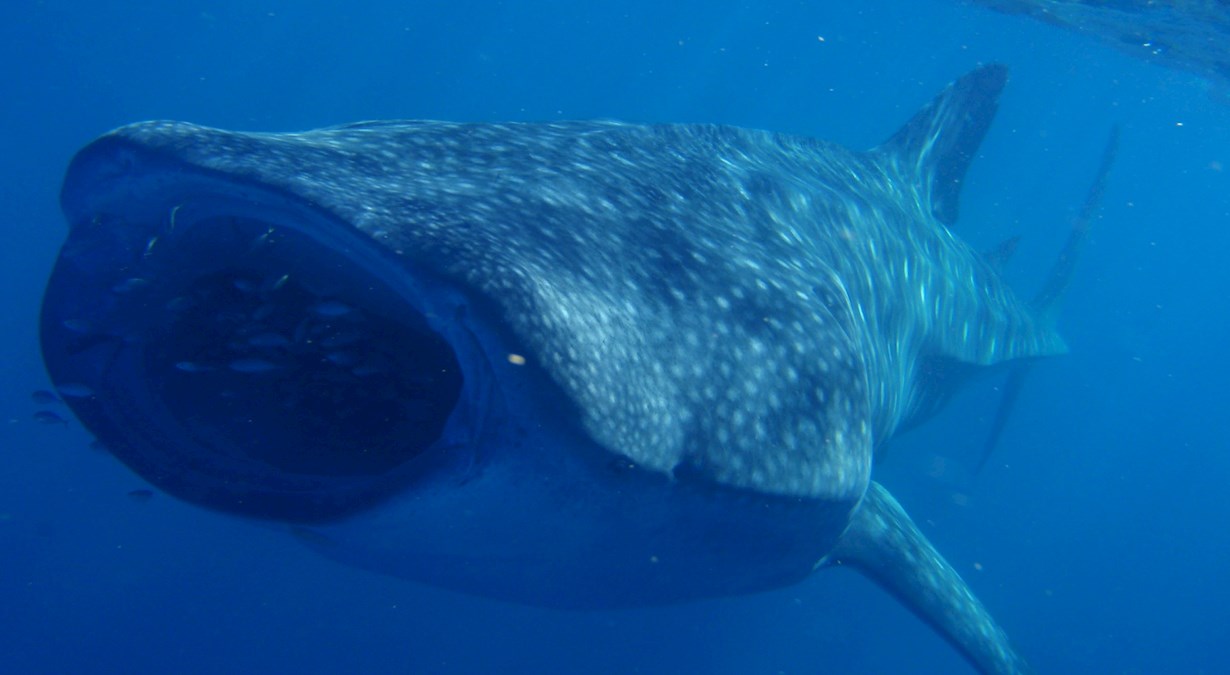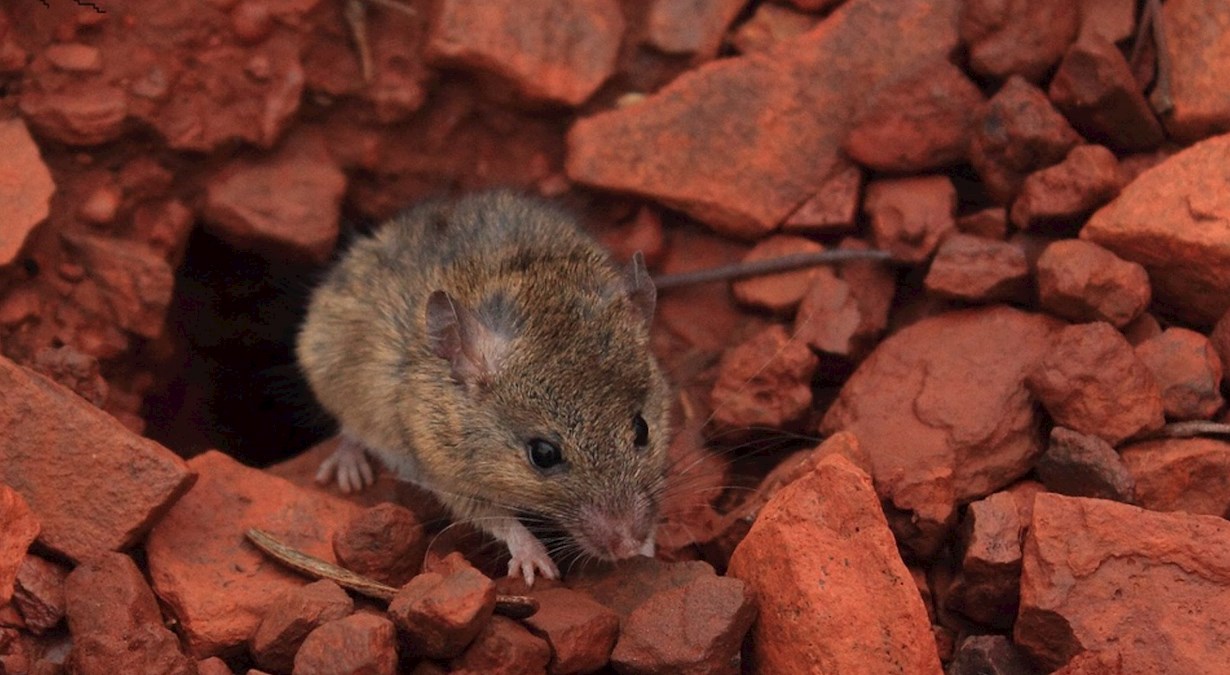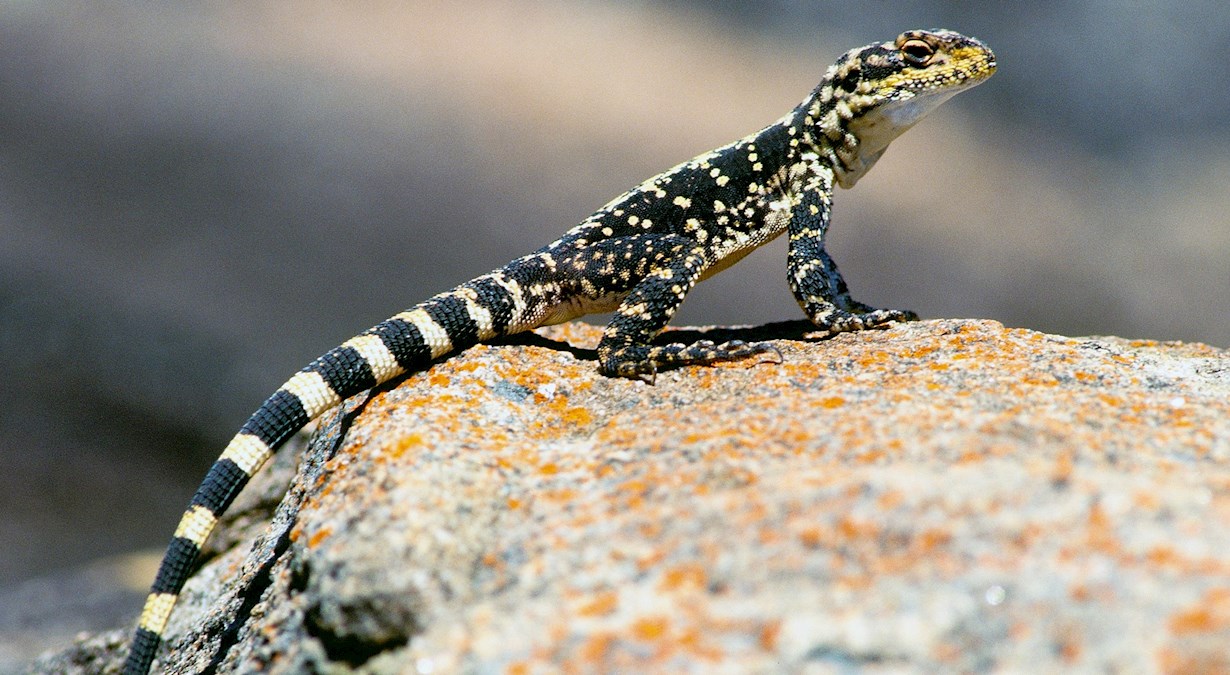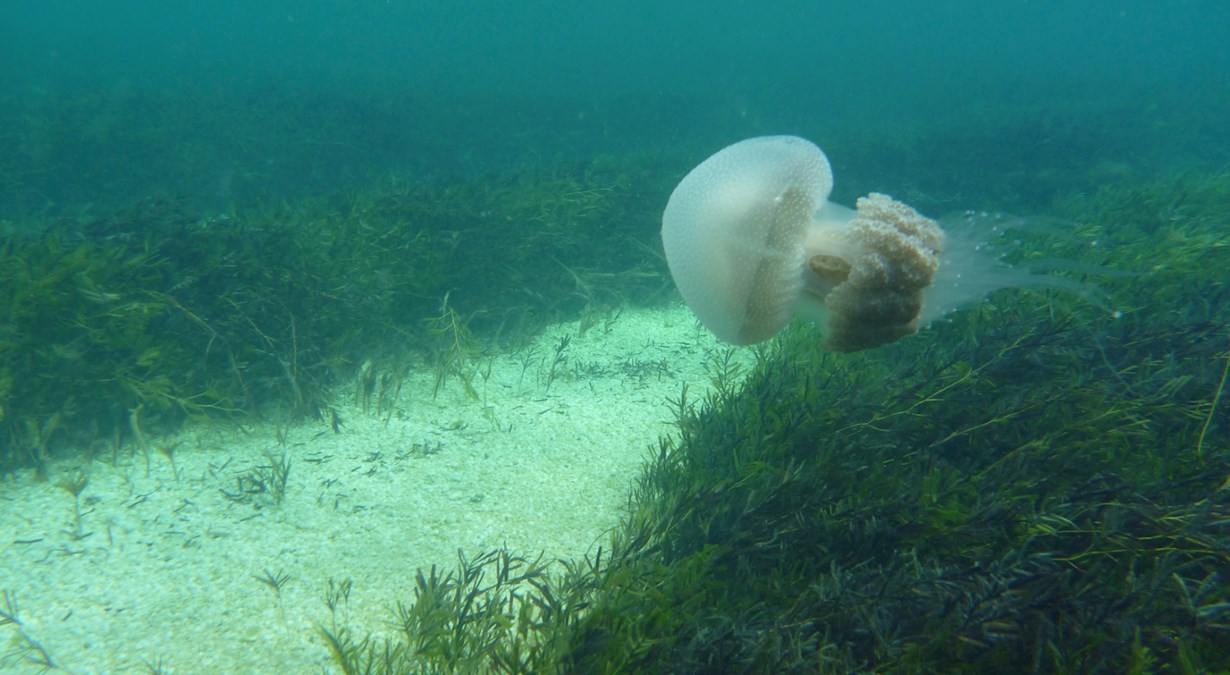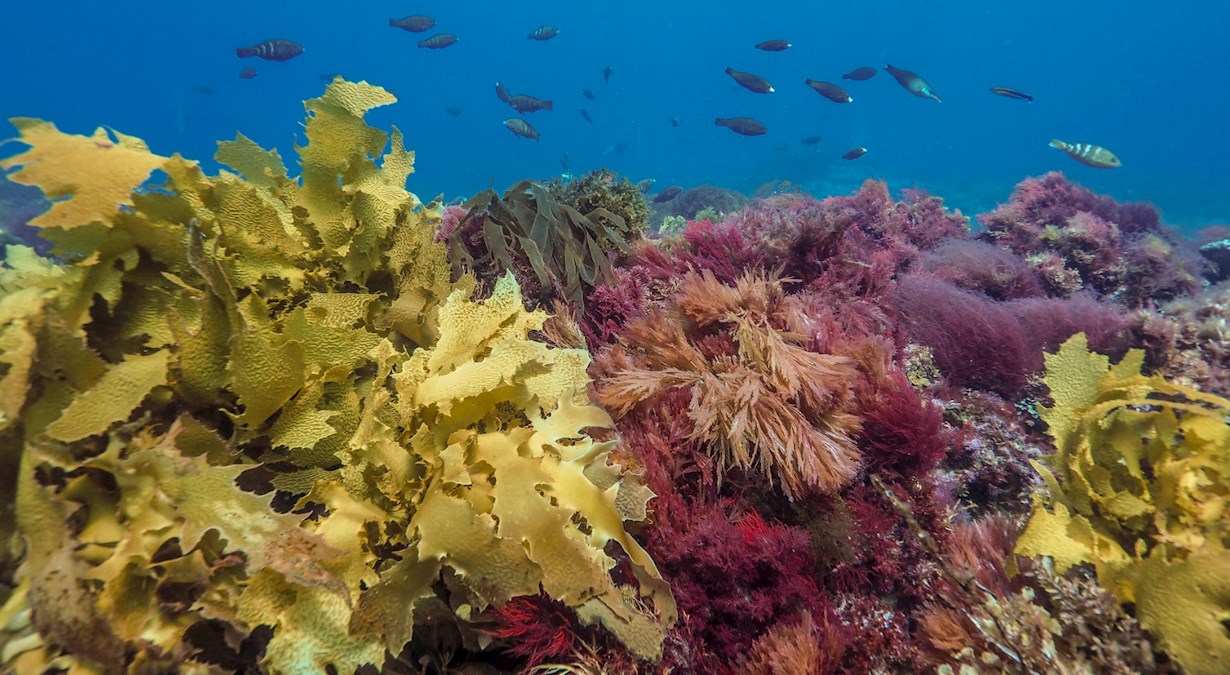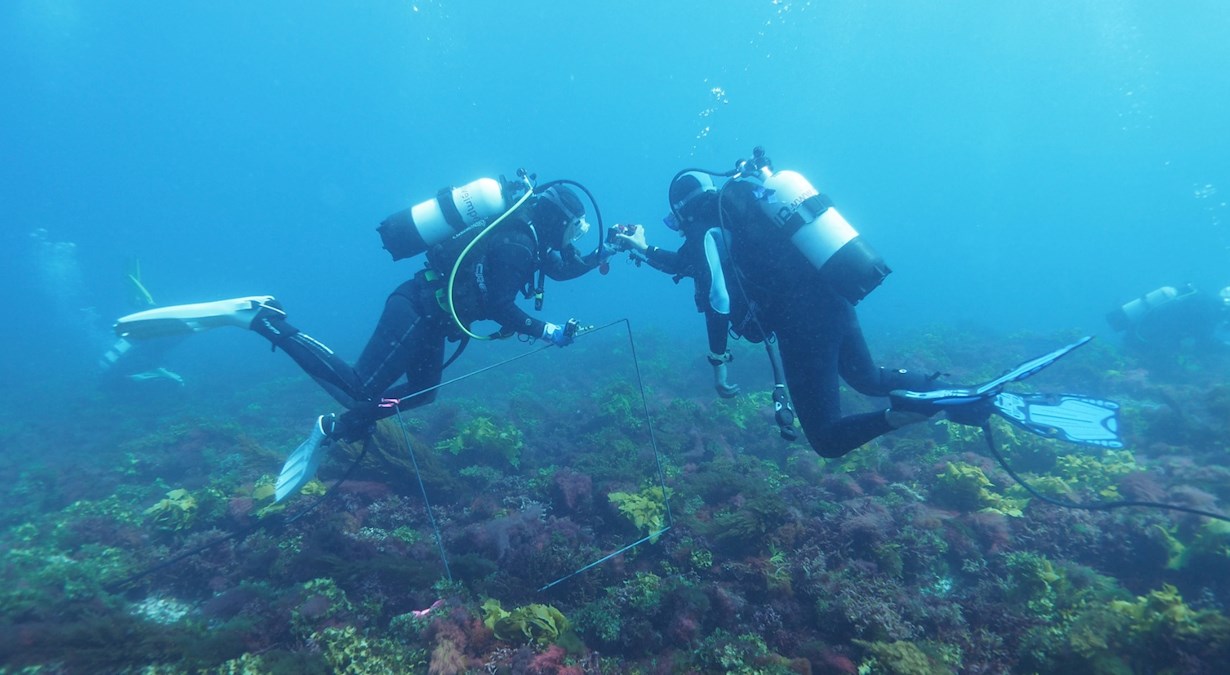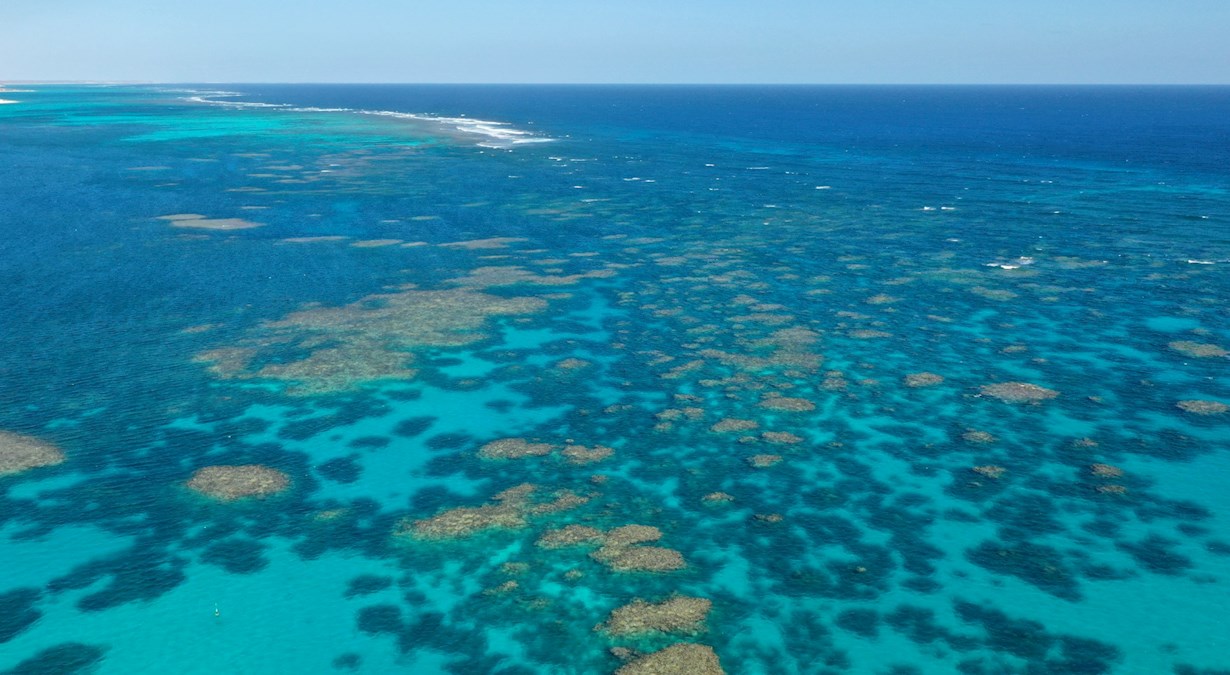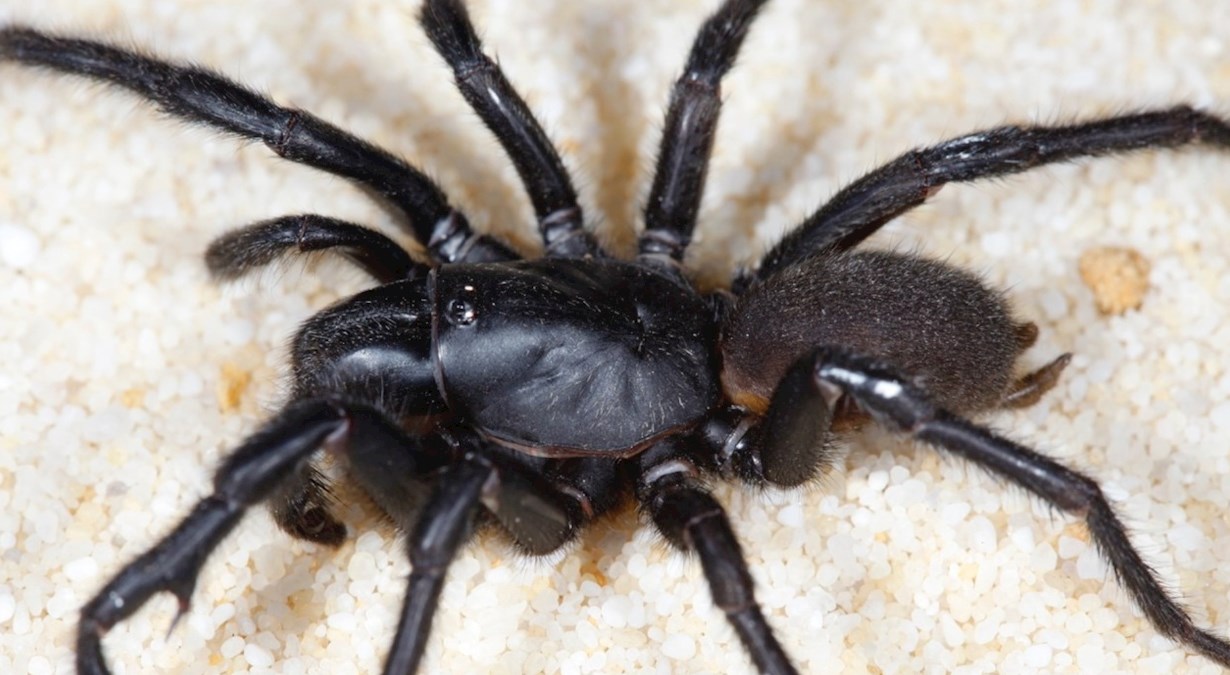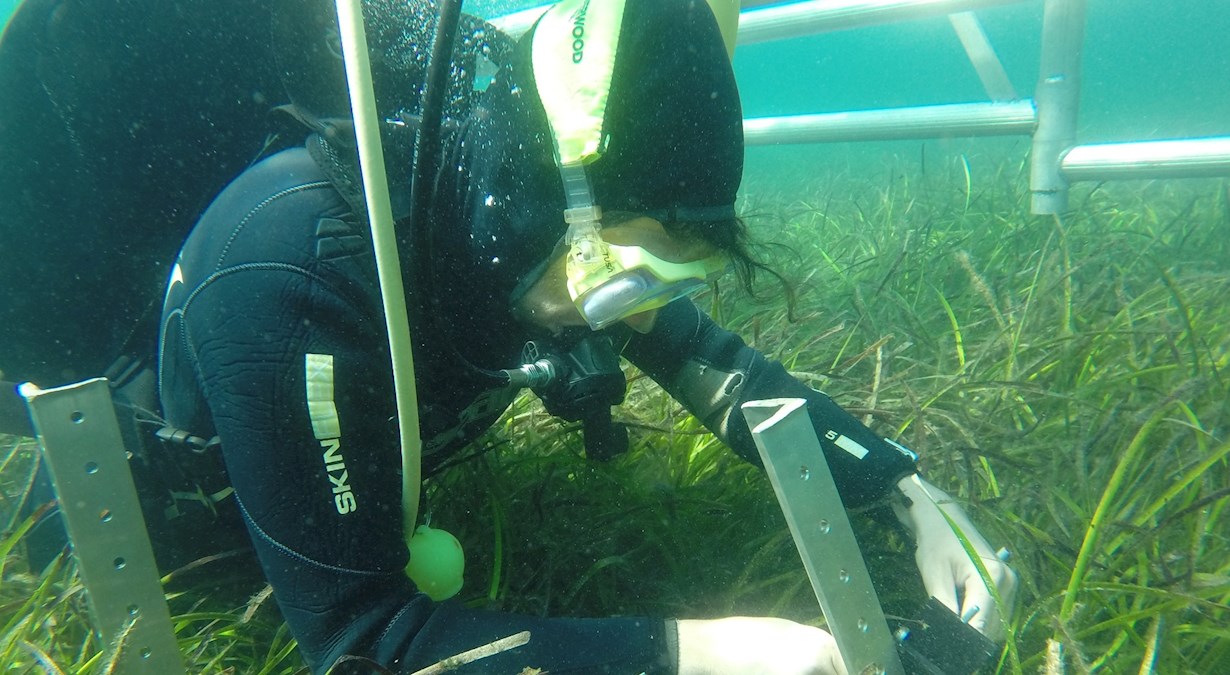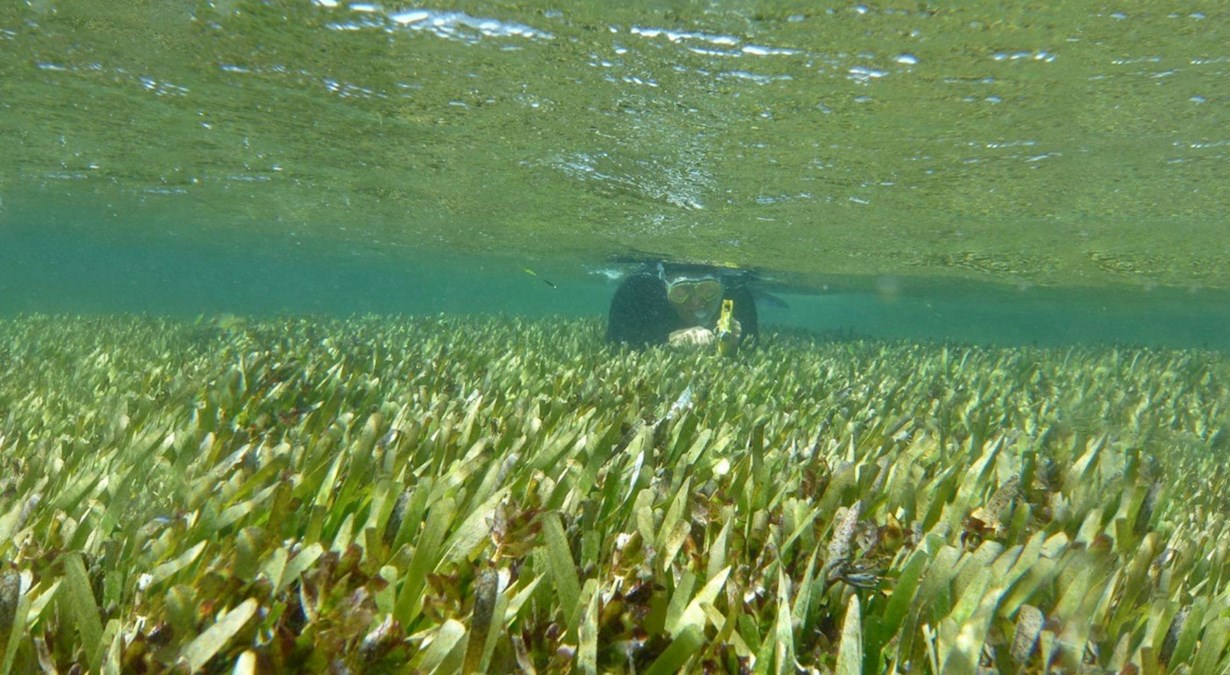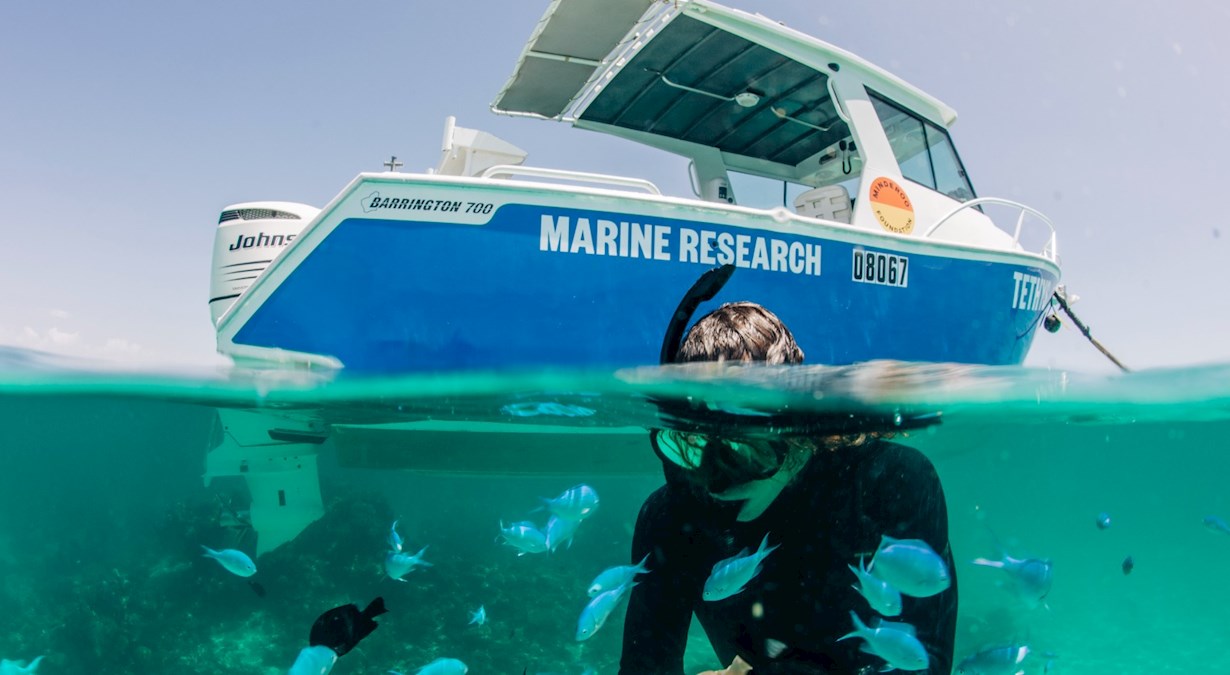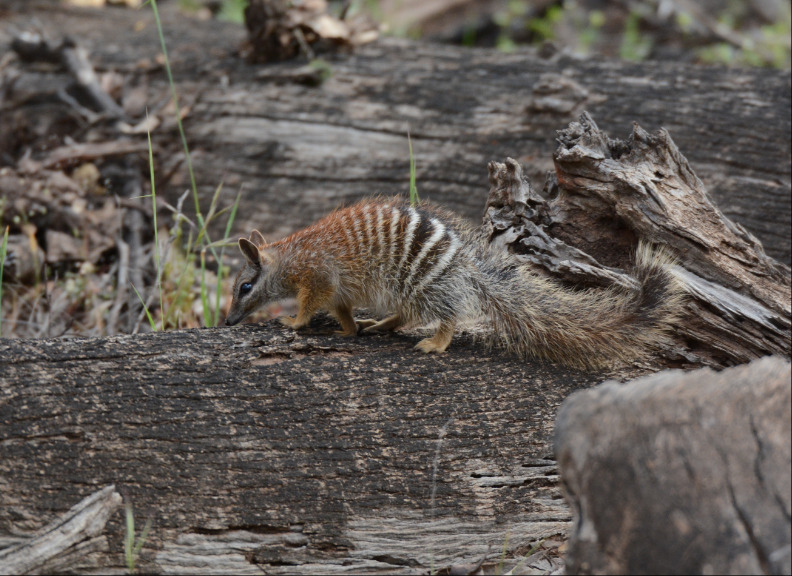
-
Highlights
-
Governance
-
Chancellor
-
Vice-Chancellor
-
Executive
-
History of the University
-
Schools
-
Campuses
-
Complaints
-
Official publications
-
Communications and marketing
-
Working at UWA
PROJECT
Regulation of insensible evaporative water loss in birds and mammals
Discovering the ways animals and birds adapt and thrive
We have shown that birds and mammals can regulate insensible evaporative water loss, but we do not understand how or why.
This externally-funded research project investigates the recently demonstrated capacity of birds and mammals to regulate their insensible water loss (evaporative loss below thermoneutrality) rather than it being passively determined by ambient temperature and humidity, how and why do these species do it?
You will investigate control of insensible water loss for a range of species, of either parrots or dasyurid marsupials, which differ in body mass and are from different environments, to evaluate whether this capacity is an adaptation to environmental aridity or a fundamental component of the thermoregulatory control system.
To investigate a second question, how is insensible water loss regulated, you would partition evaporative water loss into its respiratory and cutaneous components, and determine how much each component is affected by ambient humidity and temperature. For whichever component is not passive to ambient humidity, you would then further investigate it to determine the mechanism for this independence e.g. skin temperature or resistance for cutaneous evaporation, or expired air temperature, oxygen extraction or ventilation rate for pulmonary ventilation.
These, or related questions would form the basis of this project, depending on your specific interests and skill set. Overall, the project would provide a much clearer understanding of the role and mechanisms determining insensible water loss, which has been historically considered to be a passive consequence of ambient temperature and humidity, for an endothermic vertebrate.
For more background information, see the suggested readings below.
- Suggested readings
-
- Cooper, C.E. & P.C. Withers. (2014). Physiological responses of a rodent to helox reveal constancy of evaporative water loss under perturbing environmental conditions. American Journal of Physiology-Regulatory, Integrative and Comparative Physiology 307:R1042-1048.
- Withers, P.C. & C.E. Cooper. (2014). Physiological regulation of evaporative water loss in endotherms: is the little red kaluta (Dasykaluta rosamondae) an exception or the rule? Proceedings of the Royal Society B: Biological Sciences 281: 20140149.
- Eto, E., P.C. Withers & C.E. Cooper. (2017). Is the insensible evaporative water loss of budgerigars (Melopsitttacus undulatus) independent of relative humidity? Proceedings of the Royal Society of London 284: 20171478.
- Cooper, C.E. & P.C. Withers. (2017). Thermoregulatory role of insensible evaporative water loss constancy in a heterothermic marsupial. Biological Letters 13:20170537.
Research team leader: Professor Philip Withers
I am a comparative animal physiologist, with broad interests in animal structure and function; I am in the School of Biological Sciences at UWA. My research is focused on the environmental physiology of primarily terrestrial vertebrate animals (amphibians, reptiles, birds, mammals). I am interested in adaptations related to thermoregulation, water and solute balance and metabolism that enable these animals to survive in hostile environments, particularly arid desert environments.
How to apply
Interested in becoming part of this project? Complete the following steps to submit your expression of interest:
Step 1 - Check criteria
General UWA PhD entrance requirements can be found on the Future Students website.
Step 2 - Submit enquiry to research team leader
Step 3 - Lodge application
After you have discussed your project with the research team leader, you should be in a position to proceed to the next step of the UWA application process: Lodge an application. Different application procedures apply to domestic and international students.
Scholarships
- Domestic students
-
All domestic students may apply for Research Training Program and University Postgraduate Awards (UPA) scholarships
- International students
-
A range of scholarships are available from international organisations and governments. The full list, organised by country, is available on the Future Students website.
In addition, all international students may apply for International Research Training Program scholarships.
- Indigenous students
- Indigenous students are encouraged to apply for Indigenous Postgraduate Research Supplementary Scholarships.
- Forrest Foundation scholarships
- All international and Australian students who wish to study towards the degree of Doctor of Philosophy (PhD) at The University of Western Australia may apply for Forrest Scholarships.



































